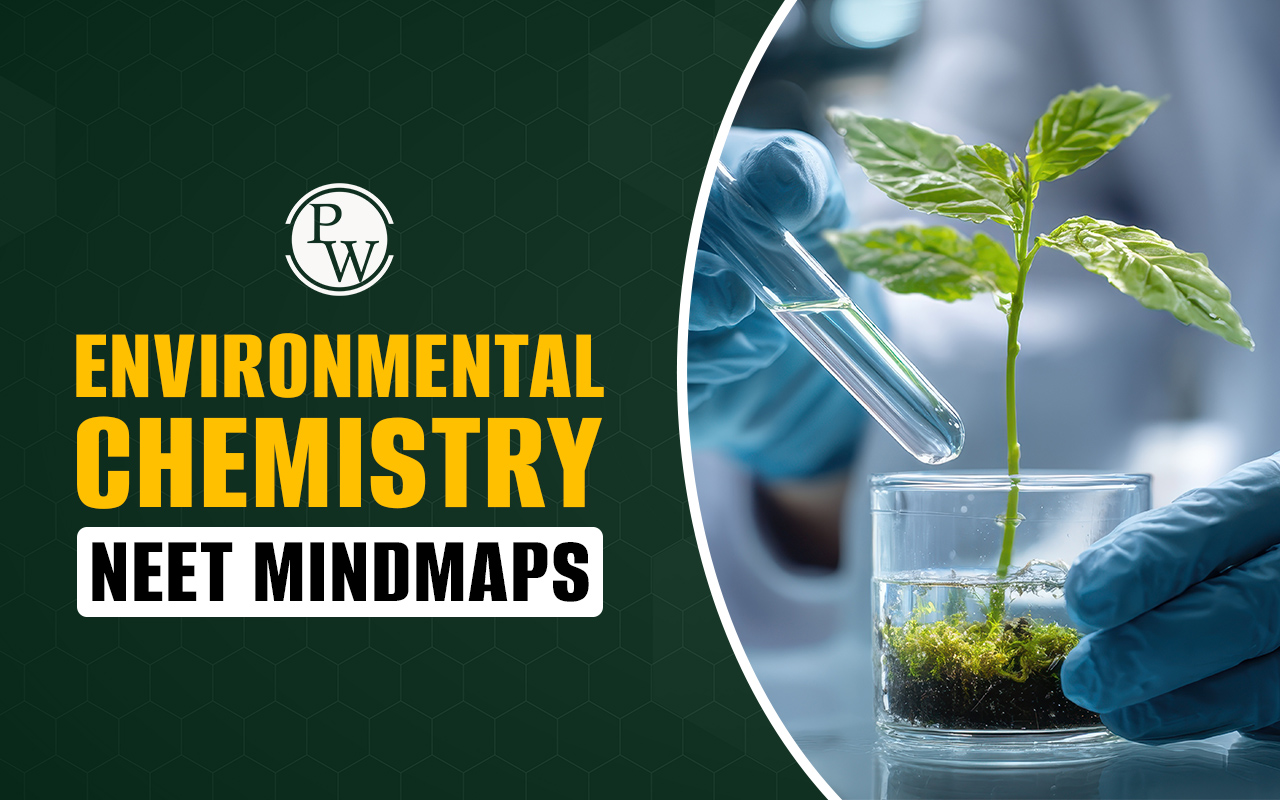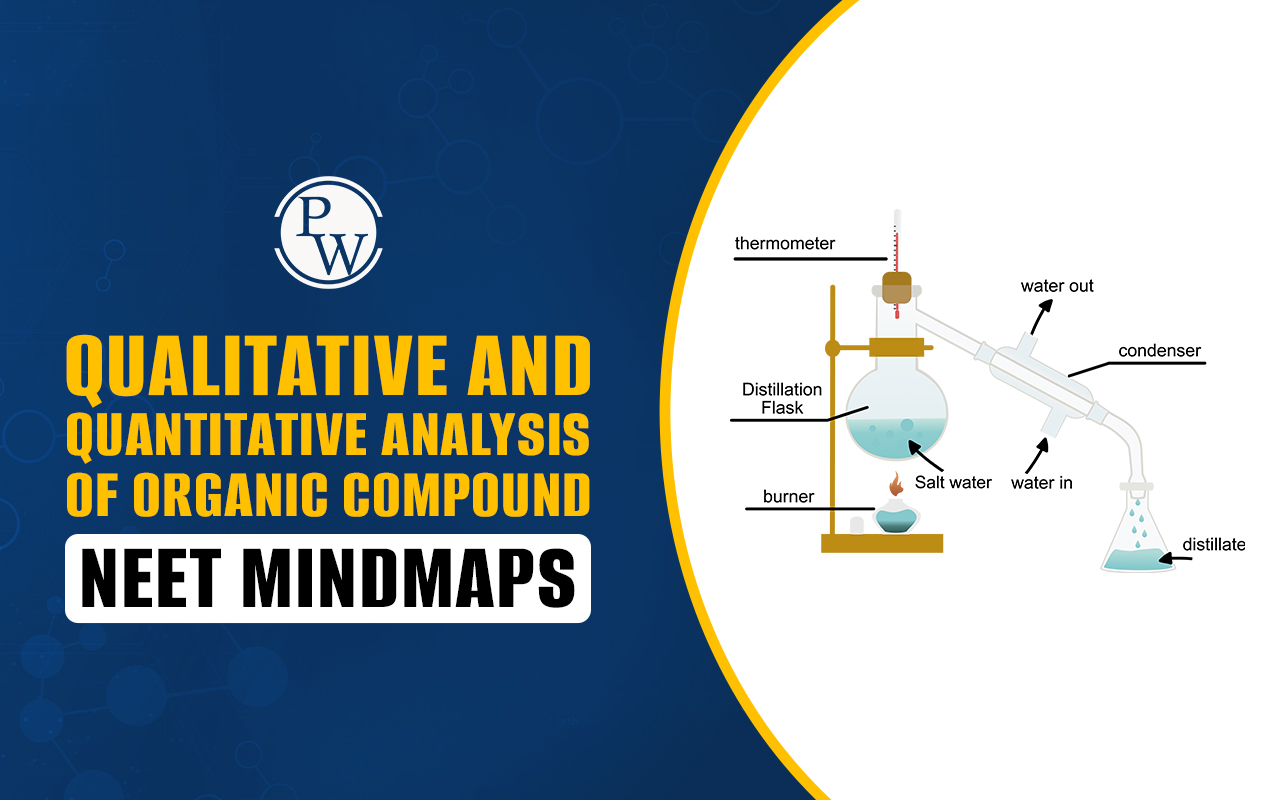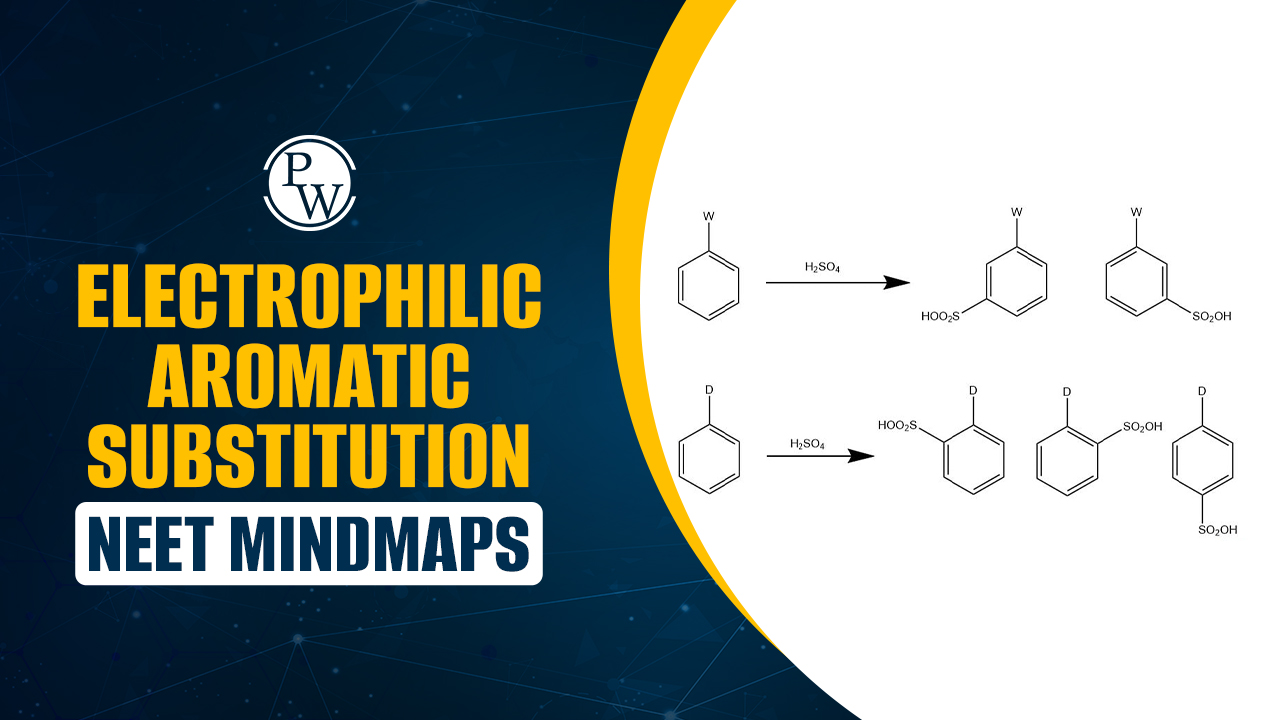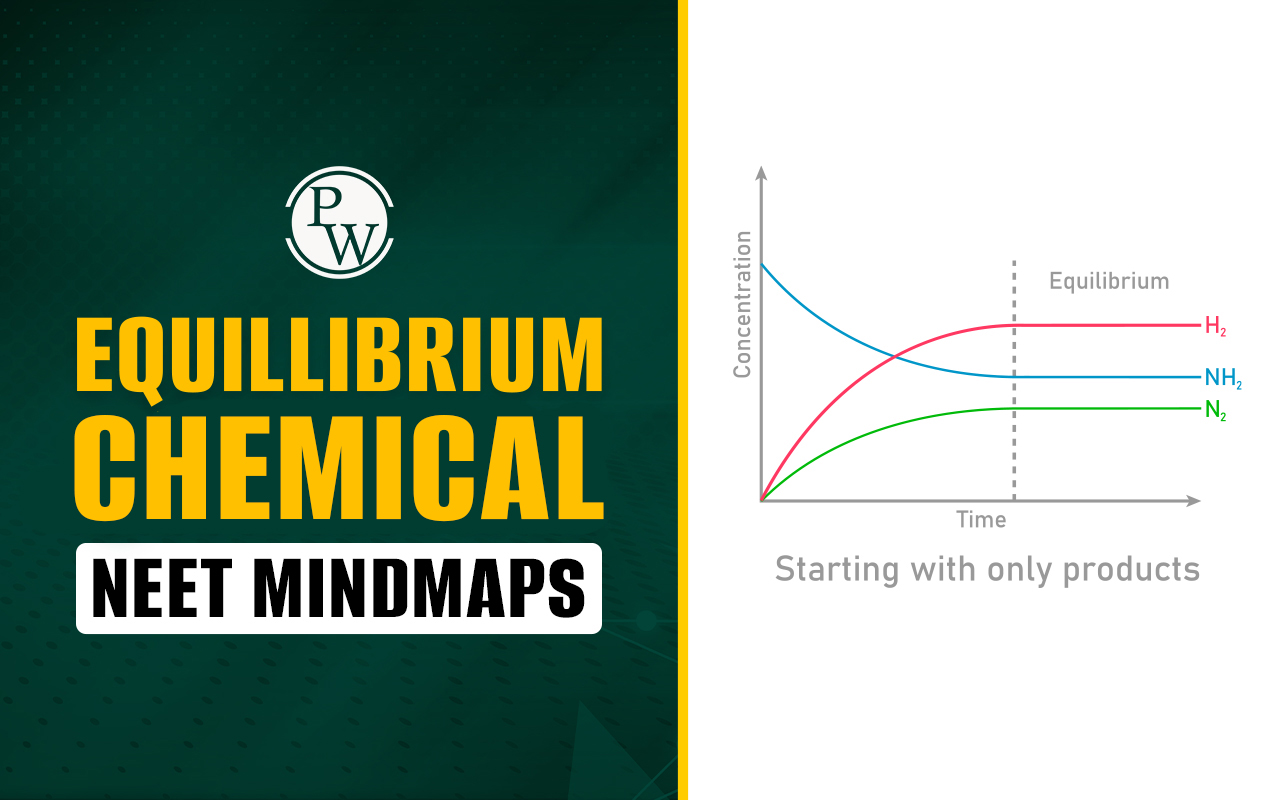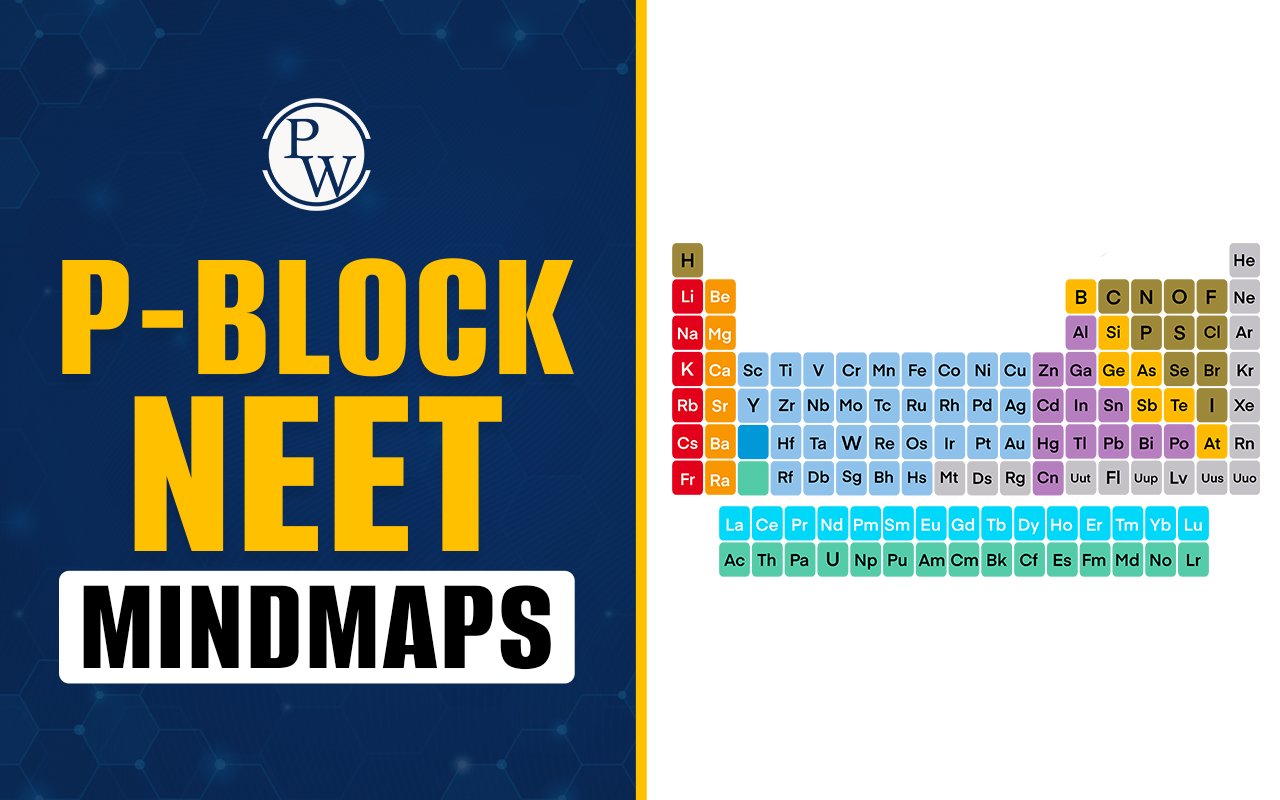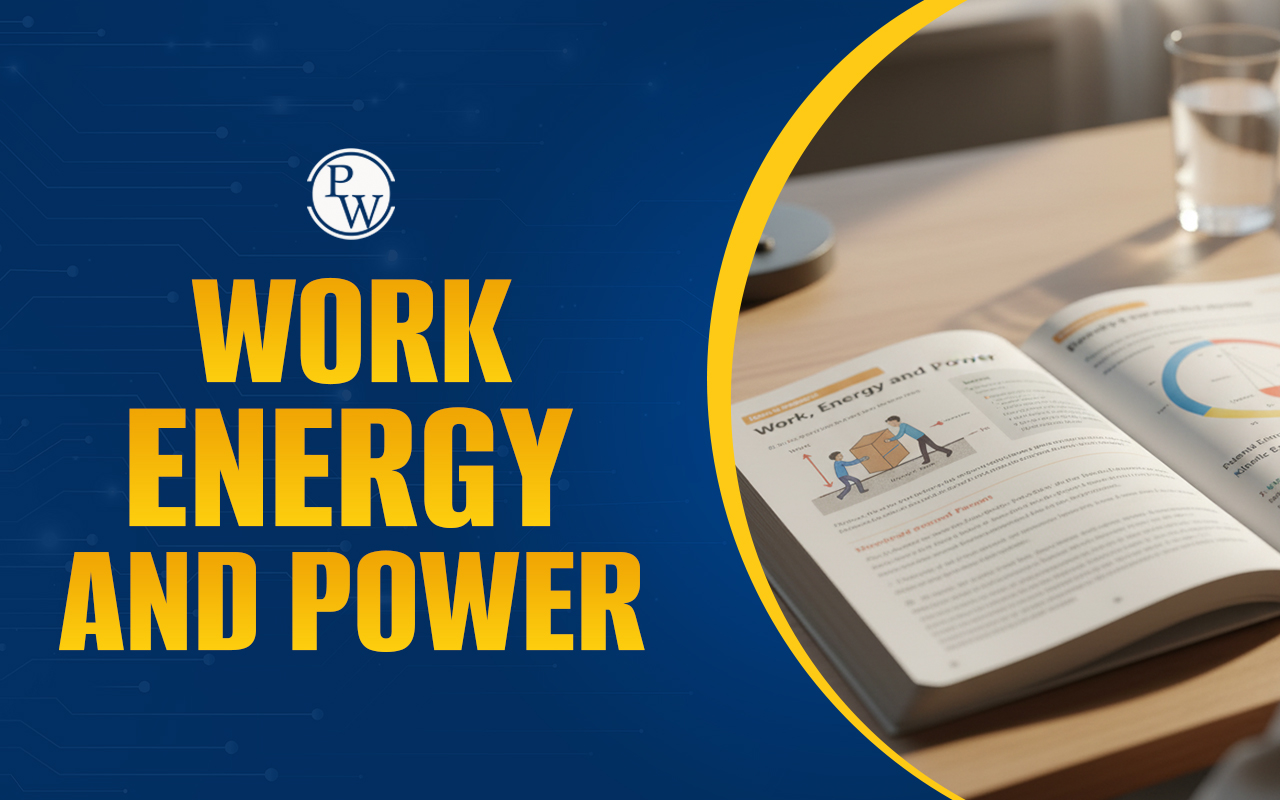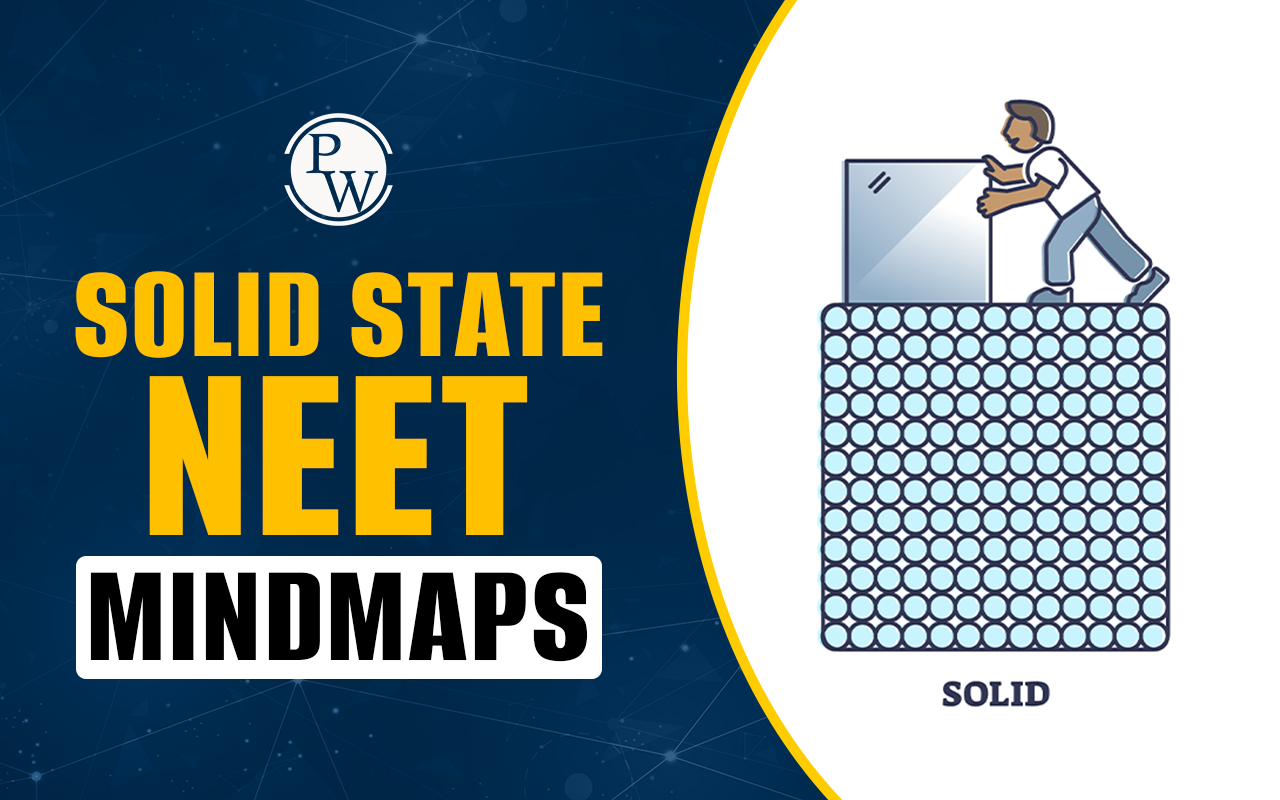

Difference Between Voluntary and Involuntary Muscles: Muscles are classified as soft tissues, and their cells contain actin and myosin. Actin is a family of versatile globular proteins that produces microfilaments, while myosin is a superfamily of motor proteins primarily known for its role in muscle contraction. Together, these proteins alter the shape and length of muscle cells.
Muscles play a vital role in modifying posture and facilitating movements of internal organs, including those involved in digestive processes and heart contraction. With over 700 muscles in the organ systems, they collectively constitute approximately 40% of the body's weight. Muscles can be classified into three types based on their structure and movements: skeletal muscles, smooth muscles, and cardiac muscles. They can also be categorized as voluntary or involuntary based on their control mechanism. The article below provides a detailed difference between voluntary and involuntary muscles.| NEET Biology Syllabus | NEET Biology Diagrams |
| NEET Biology MCQ | NEET Biology Chapter wise Weightage |
| NEET Biology Notes | NEET Previous Year Question papers |
Difference Between Voluntary and Involuntary Muscles Overview
The primary function of the muscular system is to facilitate movement, maintain posture, and circulate blood throughout the body. This organ system comprises approximately 700 muscles and constitutes approximately 40% of total body weight. Muscles are connected to bones, blood vessels, and other internal organs, and are composed primarily of skeletal muscle, connective tissue, tendons, and nerves. Every movement within the body results from muscle contraction, which occurs in various organs, including blood vessels, the heart, and digestive organs. Muscles play a vital role in transporting substances throughout the body. The three main types of muscles are classified based on their movements and structures.
-
Skeletal Muscles: These are striated muscle tissues primarily attached to bones by tendons.
-
Smooth Muscles: Found inside organs such as blood vessels, the stomach, and intestines, these muscles aid in the movement of substances through the organs.
-
Cardiac Muscles: These muscles are exclusively located in the heart and are responsible for pumping blood throughout the body.
To better understand the muscular system, this article will explore the difference between voluntary and involuntary muscles.
Difference Between Voluntary and Involuntary Muscles
Voluntary muscles, also known as skeletal muscles, are responsive to conscious will and can be controlled at our discretion. These muscles are found in the limbs. Involuntary muscles, on the other hand, operate independently and are not subject to our control. Examples of involuntary muscles include cardiac muscles and smooth muscles. Below, are the key difference between voluntary and involuntary muscles to better understand their distinctions.
| Difference Between Voluntary and Involuntary Muscles | ||
|---|---|---|
| Characteristic | Voluntary Muscles | Involuntary Muscles |
| Contraction | Controlled by the Central nervous system. | Under the control of the Autonomic nervous system. |
| Type of Contraction | Fast and powerful. | Always slow. |
| Energy | High energy requirement. | Low energy requirement. |
| Type of Cell | Multinucleated cells. | Uninucleated cells. |
| Shape | Long and cylindrical. | Small and spindle-shaped. |
| Nucleus | Present at the periphery. | Present at the center. |
| Functions | Can be controlled under command. | Cannot be controlled under command. |
| Rest Period | Get fatigued and need regular intervals of rest. | Do not easily get fatigued and can work continuously. |
| Sarcolemma | Thick sarcolemma. | Thin sarcolemma. |
| Found in | Present in organs like the tongue, middle ear muscles and attached to the bones. | Present in organs like alimentary tracts, respiratory tracts, blood vessels, and ducts of glands. |
Voluntary Muscles
Voluntary muscles are those that an individual consciously controls to move. Skeletal muscles respond to deliberate commands and are further classified as fast-twitch and slow-twitch fibers. These muscles are essential for movement, and regular exercise increases their strength. Tendons connect these muscles to their bones, allowing them to maintain posture and locomotion. Voluntary muscles account for approximately 42% of the average adult male body and 36% of the average female body. Skeletal muscles are divided into two types: slow-twitch and fast-twitch.
Slow-twitch Fibers: Slow-twitch fibers give a red hue to muscle tissue due to their dense capillaries and richness in mitochondria and myoglobin. Myoglobin, an iron and oxygen-binding protein, contributes to the red colour. Slow-twitch muscles primarily use fats or carbohydrates to transport oxygen and can perform aerobic activities for long periods. These muscles are endurance muscles, meaning they can contract with relatively low force for long periods without fatigue.
Fast-twitch Fibers: Conversely, fast-twitch fibers contract rapidly, consuming high energy. These muscles fatigue quickly and are best suited for short-duration activities that require a lot of force to build muscle strength. They are ideal for short anaerobic activities because of their rapid exhaustion.
Involuntary Muscles
Smooth muscles, also known as involuntary muscles, are regulated by the autonomic nervous system and are not influenced by voluntary nerve activities. These muscles are found in organs and structures such as the stomach, intestines, bladder, bronchi, blood vessels, and the arrector pili, which controls skin hair erection. Involuntary muscles operate without conscious control in the human body and cannot be intentionally directed. Smooth muscles, found in the heart, digestive system, and respiratory system, function automatically. Notably, the intercalated disc in cardiac muscles is absent in both involuntary muscles.
What distinguishes voluntary from involuntary nerves?
Which muscle types are categorised as voluntary and involuntary?
How many muscles are there in the human body?
What are five examples of involuntary muscles?
Is the control of the lungs voluntary or involuntary?

